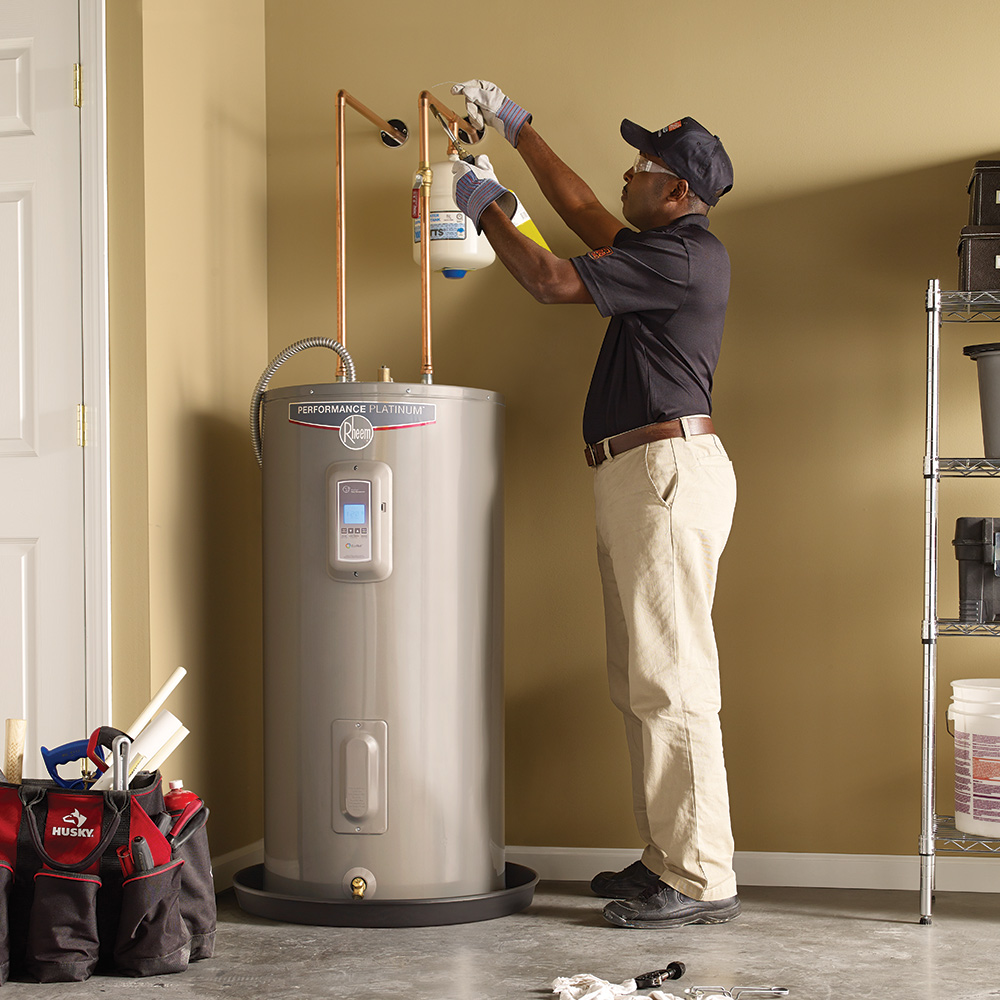Professional Advice for Caring for Your Home's Hot Water SystemHow to Maintain Your Home's Hot Water System Functioning Well
Professional Advice for Caring for Your Home's Hot Water SystemHow to Maintain Your Home's Hot Water System Functioning Well
Blog Article
Are you currently on the lookout for additional info concerning Water Heater Maintenance Tips You Can't Afford to Forget?

Warm water is essential for daily convenience, whether it's for a refreshing shower or cleaning dishes. To guarantee your hot water system runs effectively and lasts much longer, regular maintenance is vital. This post provides functional ideas and insights on exactly how to maintain your home's hot water system to stay clear of disruptions and costly repair services.
Introduction
Preserving your home's warm water system could appear difficult, yet with a few basic steps, you can ensure it runs smoothly for several years to come. This overview covers whatever from recognizing your hot water system to do it yourself maintenance ideas and knowing when to call professional assistance.
Relevance of Preserving Your Warm Water System
Regular upkeep not only expands the life-span of your hot water system yet also guarantees it operates effectively. Ignoring maintenance can cause decreased effectiveness, greater energy expenses, and also premature failing of the system.
Signs Your Hot Water System Needs Upkeep
Knowing when your warm water system needs interest can prevent significant concerns. Keep an eye out for indications such as irregular water temperature level, weird sounds from the heating system, or rusty water.
Purging the Water Heater
Purging your water heater removes sediment build-up, improving effectiveness and lengthening its life.
Monitoring and Replacing Anode Rods
Anode rods stop rust inside the container. Examining and replacing them when worn is important.
Facility Issues Needing Specialist Aid
Instances consist of significant leakages, electric troubles, or if your hot water heater is constantly underperforming.
Routine Expert Maintenance Perks
Expert maintenance can consist of detailed assessments, tune-ups, and making sure compliance with safety standards.
Evaluating and Changing Temperature Level Setups
Readjusting the temperature level setups guarantees ideal efficiency and security.
Do It Yourself Tips for Upkeep
You can perform several maintenance tasks yourself to maintain your warm water system in leading problem.
Looking for Leaks
On a regular basis evaluate pipelines and links for leaks, as these can result in water damage and higher bills.
Understanding Your Hot Water System
Prior to diving right into maintenance tasks, it's helpful to recognize the standard elements of your hot water system. Usually, this includes the water heater itself, pipelines, anode poles, and temperature level controls.
Monthly Upkeep Tasks
Routine regular monthly checks can help capture small problems before they rise.
Testing Stress Alleviation Valves
Examining the stress relief valve guarantees it works appropriately and stops excessive stress buildup.
Shielding Pipes
Shielding warm water pipes decreases warmth loss and can conserve energy.
When to Call an Expert
While DIY upkeep is beneficial, some concerns require professional expertise.
Final thought
Normal maintenance of your home's warm water system is important for effectiveness, long life, and expense savings. By adhering to these pointers and understanding when to look for expert aid, you can guarantee a trustworthy supply of warm water without unforeseen disturbances.
How to Maintain an Instant Hot Water Heater
Before tinkering with your hot water heater, make sure that it’s not powered on. You also have to turn off the main circuit breaker and shut off the main gas line to prevent accidents. Also turn off the water valves connected to your unit to prevent water from flowing into and out of the appliance. 2. When you’re done, you have to detach the purge valves’ caps. These look like the letter “T” and are situated on either side of the water valves. Doing so will release any pressure that has accumulated inside the valves while at the same time avoid hot water from shooting out and burning your skin. 3. When the purge valves’ caps are removed, you have to connect your hosing lines to the valves. Your unit should have come with three hoses but if it didn’t, you can purchase these things from any hardware or home repair shops. You can also get them from retail stores that sell water heating systems. Read the user’s manual and follow it to complete this task properly. When the hosing lines are connected, open the purge port’s valves. 4. You should never use harsh chemical cleaners or solutions when cleaning your unit. Make use of white vinegar instead. It should be undiluted and you’ll probably use about 2 gallons. 5. Now flush your water heater. This task should probably take about 40 minutes. We can’t give you specific directions for this because the procedure is carried out depending on the type, model and brand of your heater. With that being said, refer to the user’s manual. 6. When you’re done draining the unit, you have to turn off the purge port valves again. Remove the hosing lines that you earlier installed on each of the water valves. Put the valve caps (purge port) back in their respective places and be very careful so as not to damage the rubber discs that are found inside these caps. 7. Now that everything’s back in place, check your user’s manual again to find out how to reactivate your water heating system. 8. Once it is working, turn one of your hot water faucets on just to let air pass through the heater’s water supply pipes. Leave the tap on until water flows smoothly out of it. https://www.orrplumbing.com/blog/2014/september/how-to-maintain-an-instant-hot-water-heater/
We had been guided to that report on What Kind of Maintenance Do Water Heaters Need? from a friend on a different web blog. Loved our entry? Please share it. Let other people locate it. I take joy in your readership.
Click Here Report this page